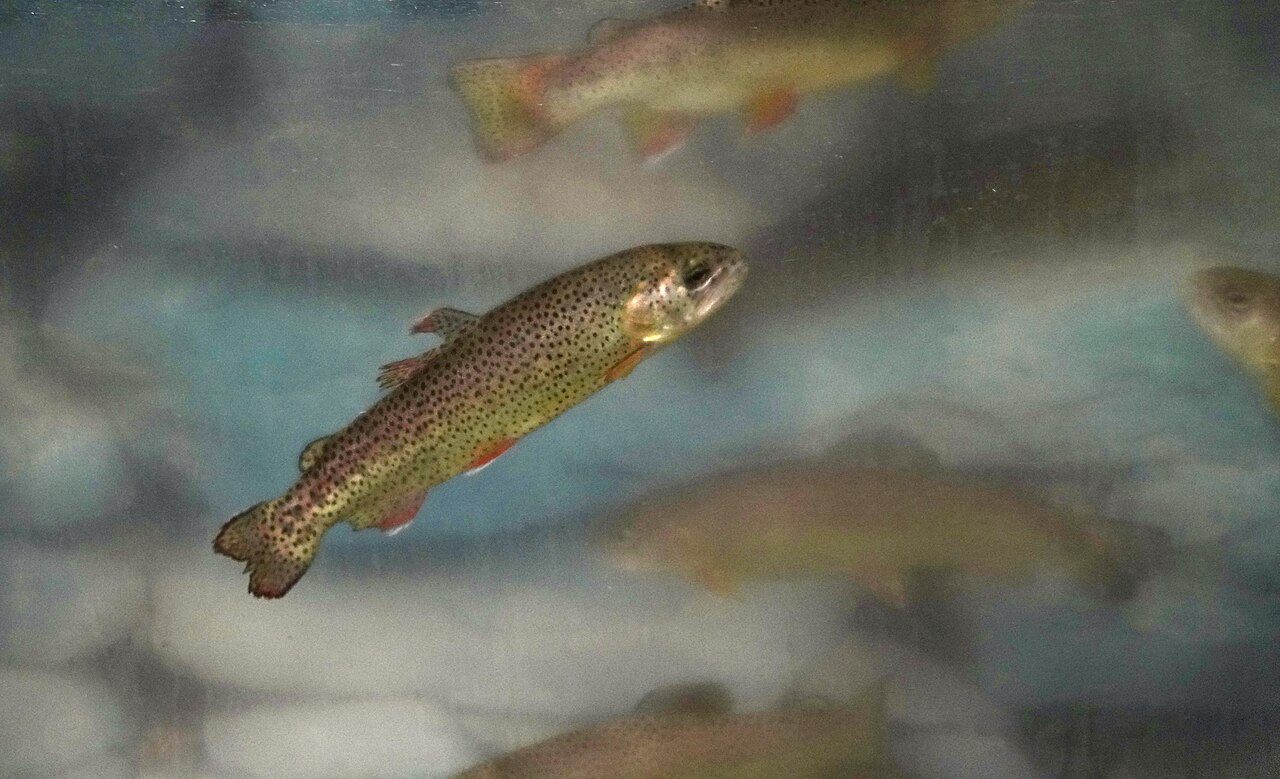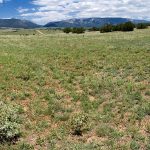- Major river ecosystems rebound after dam removals.
- Native trout and salmon populations are returning to historic waters.
- Tribal and state partnerships drive long-term recovery success.
Friday, October 17, 2025 —The Western Governors Association reports that across the western United States, native fish species are returning to their historic waters after decades of decline. From the Klamath River in Oregon to the mountain streams of Colorado, coordinated efforts by states, tribes, and wildlife managers are restoring the ecological balance that once defined these waterways.
reports that across the western United States, native fish species are returning to their historic waters after decades of decline. From the Klamath River in Oregon to the mountain streams of Colorado, coordinated efforts by states, tribes, and wildlife managers are restoring the ecological balance that once defined these waterways.
Klamath River: A Landmark Restoration.
Just over a year after the removal of four large dams on the Klamath River—the largest dam removal project in the world—the river is showing remarkable signs of recovery. Scientists observed salmon swimming upstream within weeks of the removal, and spawning has now been confirmed in all expected tributaries.
The Karuk Tribe, which has long advocated for the river’s health, reports cleaner, cooler water and a sharp reduction in harmful algae blooms. These improvements are viewed as early proof that the Klamath is beginning to heal.
Salmon Surge in Washington.
In Washington State, the Skagit River has witnessed a record return of sockeye salmon. Between June and October, 91,880 salmon made their way to Skagit Bay and the river system—an extraordinary recovery for a population that faced near extinction in the 1980s.
Regional restoration projects have also turned attention to beavers, whose natural dam-building instincts create wetlands and slow-moving streams ideal for salmon habitat.
Yellowstone’s Keystone Fish.
In the heart of the Rocky Mountains, the Yellowstone cutthroat trout—a species essential to the park’s ecosystem—has rebounded after decades of competition from invasive lake trout. Wildlife managers have removed nearly five million lake trout, allowing native populations to stabilize. The cutthroat trout supports an intricate food web that includes grizzly bears, otters, and birds of prey such as osprey.
Rediscovery in Colorado.
Colorado’s state fish, the greenback cutthroat trout, was once presumed extinct. That changed in 2012 when biologists discovered a reproducing population near Colorado Springs. Another was found ten years later in Herman Gulch, west of Denver. Current efforts aim to restore the species to its historical range, including streams in Rocky Mountain National Park. To do this, non-native brook trout—which outcompete the greenback—must be removed first.
Utah’s Cutthroat Revival.
Utah’s waterways now support all four of the state’s native cutthroat subspecies: Bear River, Bonneville, Colorado River, and Yellowstone. Once on the brink of disappearance, each has made a strong comeback. The state even celebrates this success through the “Utah Cutthroat Slam,” a challenge encouraging anglers to catch all four subspecies while supporting conservation efforts.
Arizona’s Apache Trout Success Story.
The Apache Trout, a golden-hued species sacred to the White Mountain Apache Tribe, achieved a historic milestone in 2024 when it was removed from the federal endangered species list. It became the first trout species to be delisted due to full recovery. The comeback was the result of a 50-year collaboration among Tribal, state, and federal agencies—a model many view as a blueprint for future fish restoration across the West.
Image: Apache Trout, by the U.S. Department of the Interior , captioned “Secretary of the Interior Deb Haaland traveled to Arizona, where she joined the U.S. Fish and Wildlife Service to announce the delisting of the Apache Trout from the Endangered Species list in September 2024.”
, captioned “Secretary of the Interior Deb Haaland traveled to Arizona, where she joined the U.S. Fish and Wildlife Service to announce the delisting of the Apache Trout from the Endangered Species list in September 2024.”
FAQ
What caused native fish to decline in the first place?
Dams, pollution, habitat loss, and invasive species were the main drivers of population collapse for many western fish species.
Why is dam removal important for fish recovery?
Dams block migration routes for fish such as salmon and trout. Removing them restores access to upstream spawning grounds and improves overall river health.
What role do tribes play in these restoration efforts?
Tribal nations have been central to conservation planning and monitoring. Their traditional knowledge and long-term stewardship have been vital in restoring native species and improving water quality.
Why are invasive species such a problem?
Non-native fish often outcompete native species for food and habitat, disrupting entire ecosystems that depend on indigenous fish.
How long do these recovery efforts take?
Fish recovery can take decades. Success depends on continuous monitoring, habitat restoration, and protection from new environmental threats.


